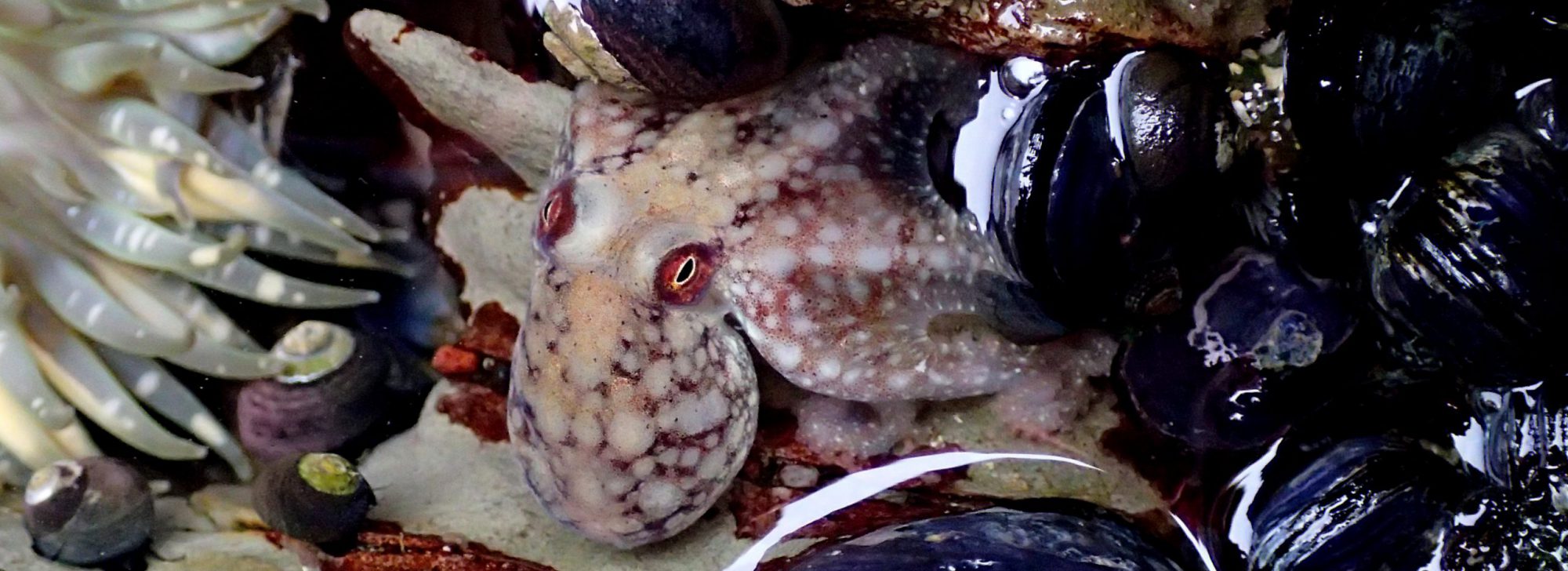When I was in graduate school I found myself drawn to the “old-fashioned” skills of classical zoology: observation of and experiments with living animals. I had, and still have, very little interest in the new-fangled high-tech methods of studying animals, and part of me strongly resents having to homogenize an animal to know what its name is. I leave that sort of biology to the systematists because, after all, the animal doesn’t care what name we give it, and the names themselves are merely a way for us humans to communicate amongst ourselves (although in the best of all possible worlds the taxonomy reflects the evolutionary history of the group in question, which is itself a Very Useful Thing). I am much more interested in what the animal actually does as it goes about living its life.
A priest I know has said repeatedly that observation is a passive activity, and I’ve told him that he wouldn’t think so if he actually knew how to do it properly. Careful observation takes a tremendous amount of mental focus, and like all other skills gets easier the more one does it. But I fervently disagree that observation is at all passive. If it is, then you’re not doing it right. There are tricks of the trade that facilitate observation, of course, such as sketching and annotation, and I have all of my students do at least some drawing. My upper-division students keep a lab notebook that consists of drawings and notes that document their lab activities during the semester. Sometimes they grumble about having to draw and most of them worry about their self-perceived lack of artistic skill, but they do come around and realize that drawing forces them to really pay attention to what they observe. And no, I do not allow them to substitute photographs for drawings.
In graduate school I was fortunate enough to fall under the tutelage of one Todd Newberry, who directly and indirectly shaped how I think about animals and biology. He also taught me a specific type of scientific illustration, which he himself had learned from a pair of biologists in Paris. I used these techniques to draw the life history stages of my dissertation study organism, the moon jelly Aurelia sp. My favorite of this group of drawings is the juvenile medusa, or ephyra:

© 2015 Allison J. Gong
Several years ago now, I put together a handout of sea star larval development for my invertebrate zoology students. These pen-and-ink drawings were done using the same techniques, but I left out the stippling as the larval anatomy became more complex. Part of the beauty of drawing as a means of documenting my observations is that I can select what to include which obviously reflects what I feel is important. Sometimes the decision about what to omit helps me focus on the structures that really matter, which of course depends on the purpose for any particular drawing.
So there are some of my drawings. One of my goals for the summer is to put together a suite of similar drawings of my sea urchin larvae, to complement the sea star set. It will give me an excuse to clean out my technical pens–they’ve been sadly neglected for years, and I hope they can be revived–and spend time with my photographs. I also have plans for some pencil drawings on black paper. I’m looking forward to tapping into the artistic side of my brain again for a while!


Eloquently said. Amazing drawings. I was one of those students who sometimes didn’t want to be bothered with drawing what i saw. I see now however how much we would all be lacking if countless naturalists throughout the ages hadn’t learned the discipline of observation and honed the skills to record the essential elements of what they saw. Thank you for this, and for your continuing contribution to this legacy. You should be proud of these rare skills, and exceptional work.
Jamie — Thank you for the kind words. If I remember correctly, you were one of the students who complained about having to draw in the plankton class! And yet, I’d be willing to bet that if you still have your notebook from that class you’d find at least one drawing or painting that is beautiful as well as informative.